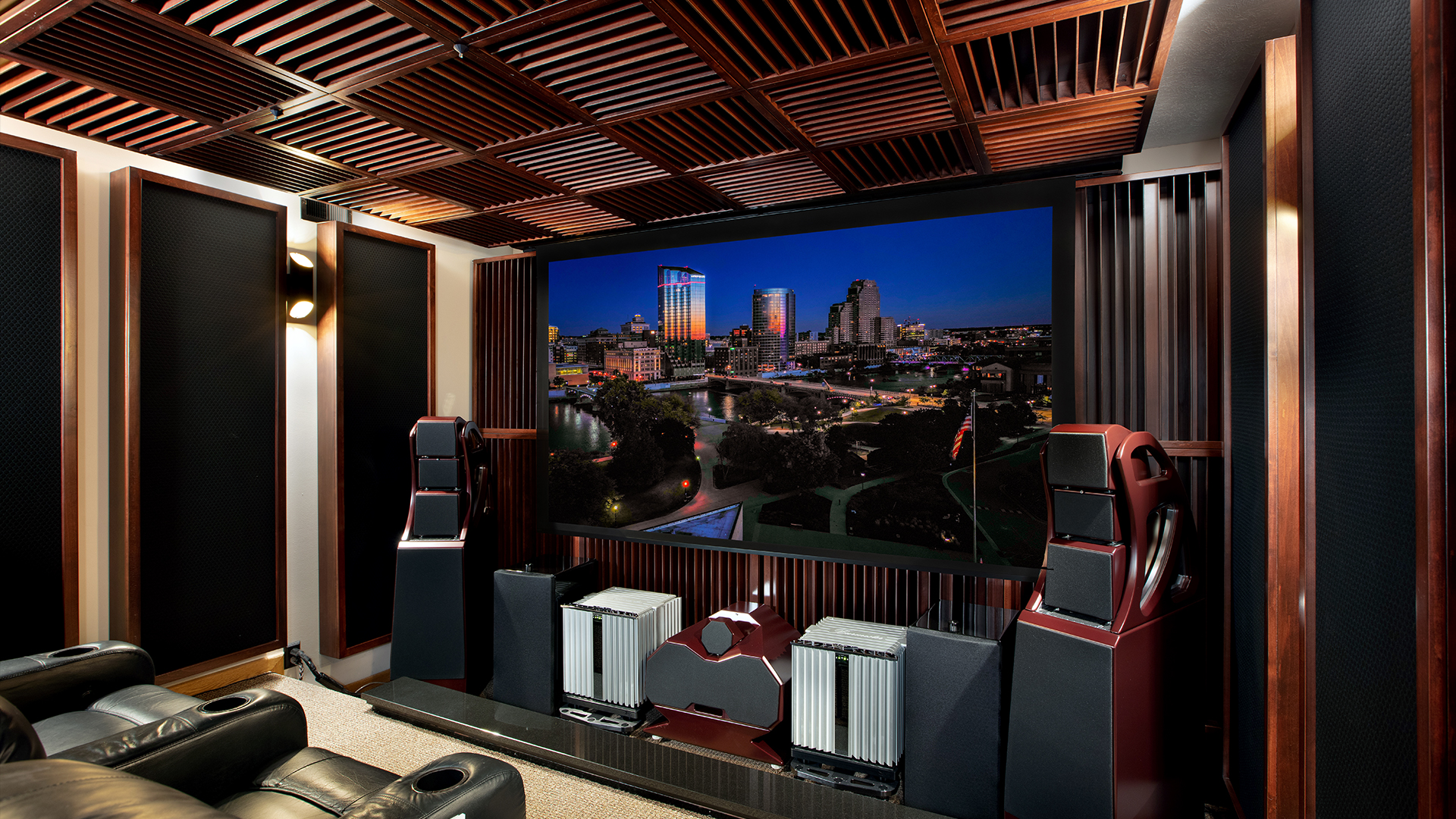
Exploring Sound Absorbing Panels: From Absorption to Diffusion
Sound absorbing panels for home can come in two main flavors. We can have sound absorption panels and we can have sound diffusion panels. A sound absorbing home panel must be able to absorb low, middle, and high frequencies if the sound absorbing panels for home will be used within a room that will contain music. If voice is the only source of energy within a room then we can focus on middle and high frequency energies.
Sound diffusion is another example of an acoustical technology that is also a tool for treatment. When we look at sound absorbing panels for home we must divide the panels into two main types. We will have panels that will absorb lower frequency wave energy along with middle and high frequency reflected energies. Lower frequency sound absorbing panels for home are different from middle and high frequency absorbing panels. They operate at different frequencies and amplitudes.

Mastering Low Frequency: The Power of Diaphragmatic Absorption
Low frequency absorption technologies work on pressure. Low frequency energy is wave energy which is pressure based. You must use pressure based technology to absorb this type of energy. You can not use foam to absorb lower frequencies. You must use a pressure based absorption technology to absorb low frequency wave pressure.
At Acoustic Fields, we use diaphragmatic absorption. Our ACDA series of diaphragmatic absorbers is the most powerful of all low frequency absorption technologies. We take diaphragmatic absorption and make it stronger by adding our carbon technology. inside a diaphragmatic absorber. This is a first in acoustical technologies. Our proprietary carbon technology increases the performance of a standard diaphragmatic absorber by 40%.

Tackling Mid and High Frequencies with Open Celled Foam Panels
Middle and high frequency sound absorbing panels for home are a different technology type. With middle and high frequencies, we can use open celled foam. It is economical, lightweight, and effective at frequencies from 125 hz. 6,300 hz. It is different from closed cell foam. Open celled foam is used for sound absorption.
Closed celled foams are more rigid and are used for support such as a chair or couch cushion. Open celled foams can produce good absorption curves for absorption in as little as 2″ of foam depth. The key to absorbing music and voice correctly is to have a linear rate of absorption above a certain level or starting point. Notice our smooth rate of absorption below:

Understanding Wave and Ray Energy: The Dynamics of Room Acoustics
Low frequency pressure waves are like ocean waves. They are tall, long, and strong. They oscillate through our rooms just like ocean waves. The technical term for low frequency energy is called wave energy like the ocean. The middle and high frequency energy within our room is like sunshine. It is shorter and straighter. It is called ray energy.
With ray energy you can think of sunshine. Ray energy produces reflections from our four walls, floor, and ceiling. The summation from all of the surface areas is called reverberation. Reverberation is sometimes referred to as echo. Reverberation is defined as to how long a sound stays around within a room after it has been sung, spoken, or played. Echo is a repeating signal usually over distance.

Achieving Acoustic Harmony: Tailoring Absorption for Home Environments
Whatever your goal is in using the search term sound absorbing panels for home, you must first quantify and qualify the issue you are facing. If it is reverb then you must focus on the 125 hz. – 500 hz. frequency range. You also must absorb at least 75% of this frequency range. This usually takes at least 4″ and 6″ in panel depth. Every room surface area contributes about 17 % to the overall reverberation times.
Reverberation is a measure of decay or how long it takes the original sound to decay to 60 dB SPL. You must install a certain square footage of treatment on each wall surface area. You start with a time design to match your room chosen usage, use the proper rate and level of absorption and cover enough surface area to achieve your reverb time goal.







